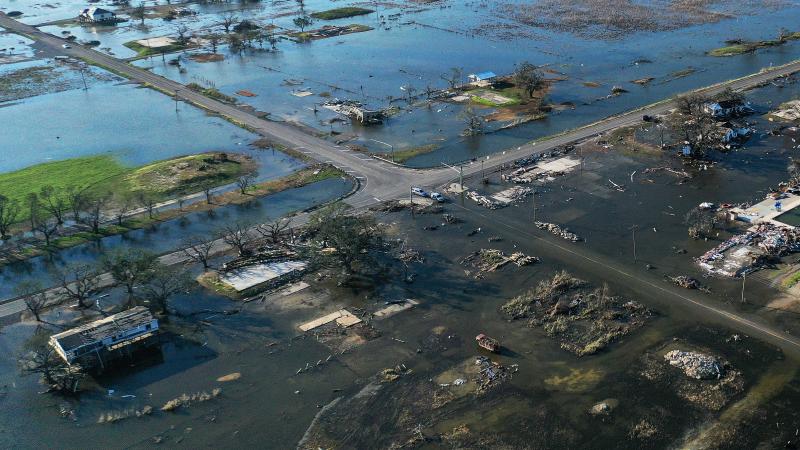Simulations demonstrate vulnerability of critical personnel during joint natural disaster and pandemic events
February 24, 2021

When a pandemic and a natural disaster hit a community simultaneously, disease exposure and social distancing can limit the availability of critical personnel, leaving a community positioned for a lengthy recovery. With both types of events expected to occur with increasing frequency, a team of researchers at Rensselaer Polytechnic Institute has been running simulations to better understand how communities can weather concurrent crises.
In a paper recently presented at the 54th Hawaii International Conference on System Sciences, the research team wrote that, prior to the onset of the COVID-19 pandemic, “little attention had been paid to the possibility that a significant number of critical personnel in both the infrastructure and disaster response and recovery supply chains could be incapacitated or otherwise unavailable due to an ongoing pandemic.” Furthermore, their modeling suggests that “our current understanding of such compound extreme events is inadequate to the potential threat.”
Specifically focusing on hurricane recovery, the team used a customizable artificial community — essentially, a digitally created model town — to simulate scenarios that may become realities after a storm. Their particular model, previously created at Rensselaer with support from the U.S. Department of Homeland Security, mimics a coastal community in North Carolina with a population of about 500,000 people. Using a tool developed at Rensselaer to optimize the scheduled repair of civil infrastructure, the researchers calculated the recovery time of the artificial community in scenarios of varying storm strength, workforce supply, and workforce demand.
The model revealed that civil infrastructure outages increased when there were pandemic-induced workforce reductions, that water and power system outages were the most frequent and pressing challenges, and that the greatest disruption to civil infrastructure happened after a loss of the first 25% of workers.
“In order to do emergency response, you have to have people,” said Al Wallace, head of the Department of Industrial and Systems Engineering at Rensselaer and co-author on the paper. “When you talk about infrastructure, everybody thinks about the physical part of it. But we rarely think about the human part of it. We’re beginning to recognize it now because of COVID-19. The problem isn’t going to go away; the problem will be here this hurricane season.”
The paper also raised concerns that delays in recovery could exacerbate negative health impacts already heightened by a pandemic. For instance, the researchers said, those living in nursing homes and temporary shelters would be most vulnerable to COVID-19, power outages, and water shortages. Restoration efforts for these populations are critical.
While their model highlights some of the key challenges recovery personnel could face, the researchers said that more exploration and modeling should be done in this area. They encourage policymakers and response personnel to consider new and critical questions, such as how mass evacuations could be conducted in an era of social distancing and what to do if few volunteers from other areas are able or willing to help. Most of these considerations, the researchers pointed out, ultimately come back to the importance and availability of people.
“Almost everybody looks at the hardware and the institutional pieces of infrastructure and they just kind of assume that people are always going to be there,” said Richard Little, a visiting research scholar in industrial and systems engineering at Rensselaer and co-author of the paper. “What we saw during the pandemic is we sometimes didn’t have people.”
“Observations on the Effects of a Global Pandemic on the Time To Recovery (TTR) from Natural Disasters” was written by Wallace, Little, and Madeline Roberts, a 2020 graduate of the Department of Industrial and Systems Engineering at Rensselaer.